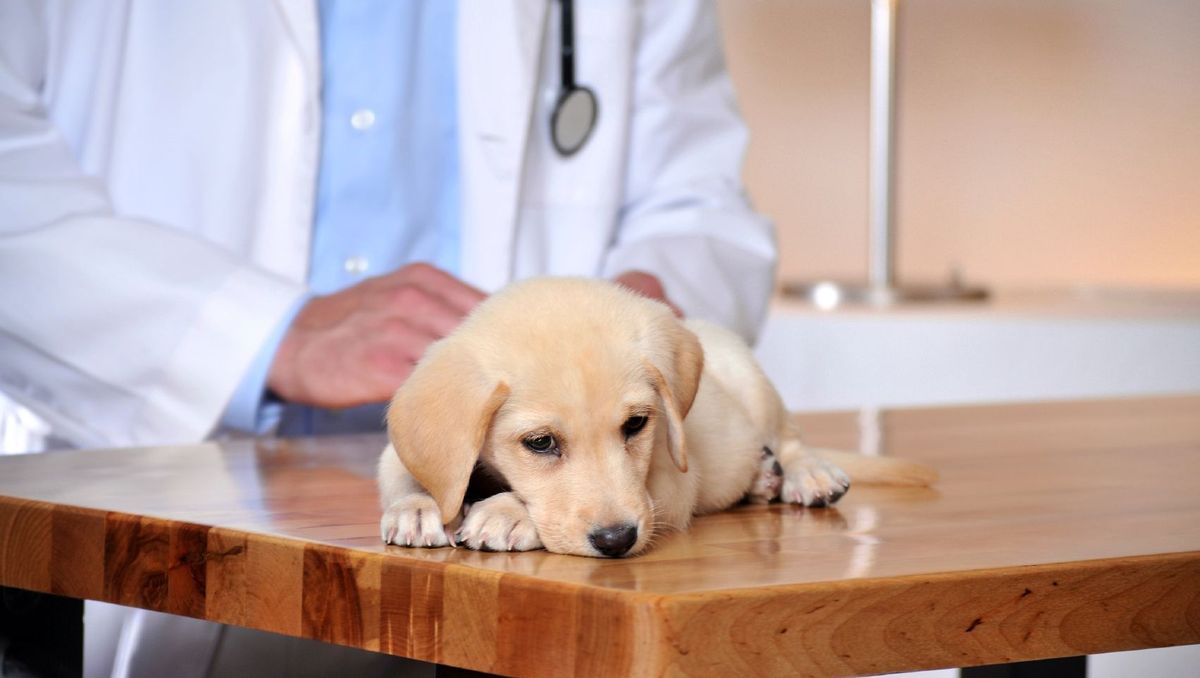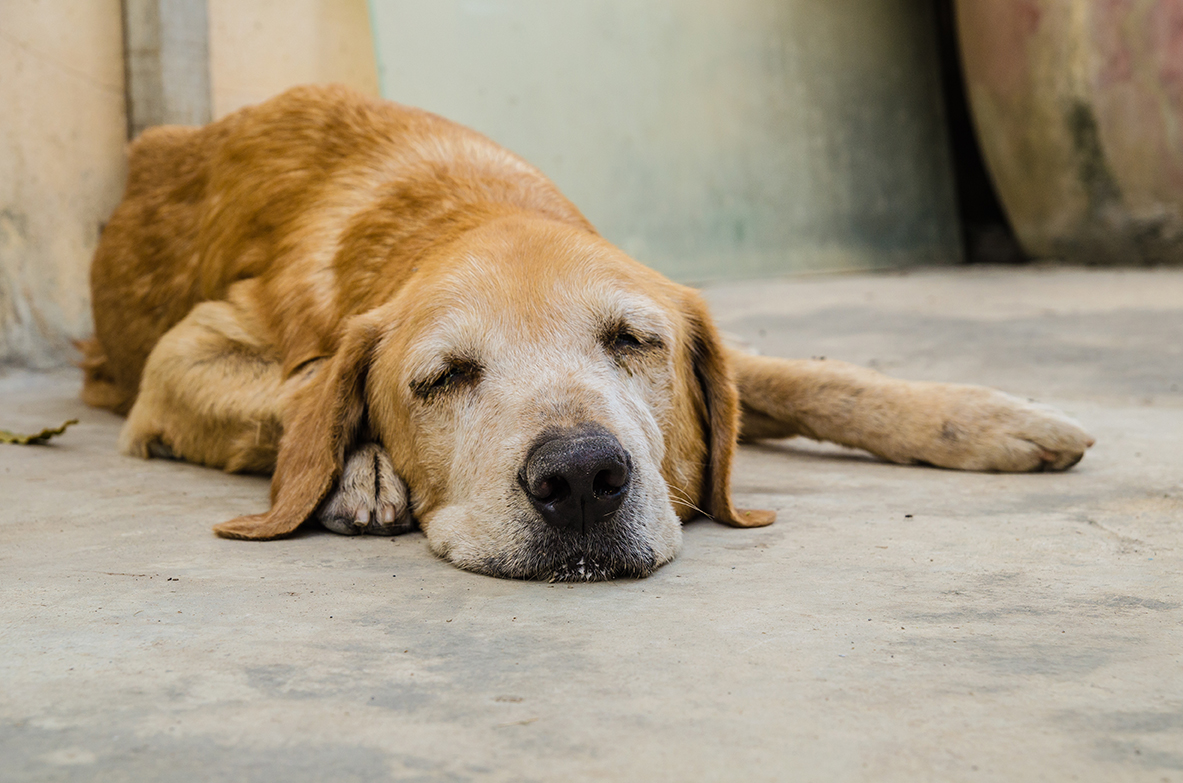Hemorrhagic gastroenteritis in dogs
Gastrointestinal problems are common in dogs, but they become especially worrisome when the animal's vomit or stool contains blood. In this case, you're dealing with hemorrhagic gastroenteritis, which means your dog's digestive system is damaged and has sores.
There is no need to panic, but this syndrome should prompt you to consult a veterinarian as soon as possible, who will usually be able to save your pet. When left untreated, hemorrhagic gastroenteritis can lead to the death of the dog, which bleeds to death and can contract severe infections. It is therefore a high health risk!
What is hemorrhagic gastroenteritis in dogs?
Hemorrhagic gastroenteritis in dogs is a severe form of gastroenteritis that manifests itself through vomiting and hemorrhagic diarrhea, i.e., in which blood is present. When properly treated, this condition is not fatal for the dog and does not leave any after-effects.
If the owner does not react quickly enough, the dog can unfortunately succumb to this virulent syndrome. Hemorrhagic gastroenteritis is suspected to be caused, or promoted, by Clostridium Perfringens toxins, but there is no certainty about this yet.
Clostridium Perfringens is a bacterium that causes gaseous gangrene affecting the tissues it colonizes, i.e. the digestive tract when ingested. Present in many mammals, including humans, this bacterium is not specifically intestinal and can infect all kinds of wounds, causing gangrene.
The primary hemorrhagic gastroenteritis syndrome must be distinguished from diseases that can count it as one of their symptoms, such as Parovirosis. In fact, many pathologies of the digestive system can cause gastroenteritis due to metabolic disorders, bacteria or viruses.
Almost all gastroenteritis can be complicated by hemorrhagic gastroenteritis if left untreated, whether it is metabolic or if the dog's immune system fails to eliminate the pathogen. Secondary hemorrhagic gastroenteritis, which occurs as part of a disease, is basically a manifestation of a problem, but not the problem itself.

Symptoms of hemorrhagic gastroenteritis in dogs
Hemorrhagic gastroenteritis usually manifests itself first as vomiting associated with diarrhea, or followed by diarrhea within a few hours. The fluids evacuated by the suffering dog reveal the presence of blood, a typical feature of the syndrome.
The dog is rapidly depressed and may sometimes present with fever, dehydration and abdominal pain. The blood examination reveals a significant hemoconcentration (numerous blood cells) which allows to rule out Parovirosis.
Breeds prone to idiopathic hemorrhagic gastroenteritis are small dogs such as Bichon, Poodle, Cairn Terrier, Dachshund or King Charles Spaniel.
Treatment of Hemorrhagic Gastroenteritis in Dogs
Since the cause of hemorrhagic gastroenteritis is not known, treatment is primarily aimed at managing the animal's symptoms to prevent its body from deteriorating. An infusion is essential to restore blood volume to the bloodstream impacted by the bleeding in the digestive system.
Antiemetics and antidiarrheals can be prescribed to avoid further irritation of the dog's digestive system. Finally, broad-spectrum antibiotics may be part of the treatment to prevent bacterial infections that may result from the intestinal lesions, which are prone to bacterial infections.
When the animal has been treated in time, the prognosis is good and the animal's condition improves within a few hours of the infusion. If left untreated, the dog is likely to succumb to this syndrome which can be particularly violent.
Hemorrhages cause a considerable loss of blood, which lowers the blood pressure and irreparably stops the functioning of the vital organs. If the dog survives the bleeding, it is likely to contract a bacterial infection that may worsen into a fatal septicemia due to the particularly sensitive location of the affected organs, namely the intestines.
Fortunately, hemorrhagic gastroenteritis is not a fatal condition for our four-legged companions when treated in time.
To prevent your pet from being in any danger, it is important to examine his stool or stomach contents in case of diarrhea or vomiting. While this may not be the most pleasant procedure, it will ensure that there is no blood in the stool or, if there is, that you can take your dog to the vet immediately.

